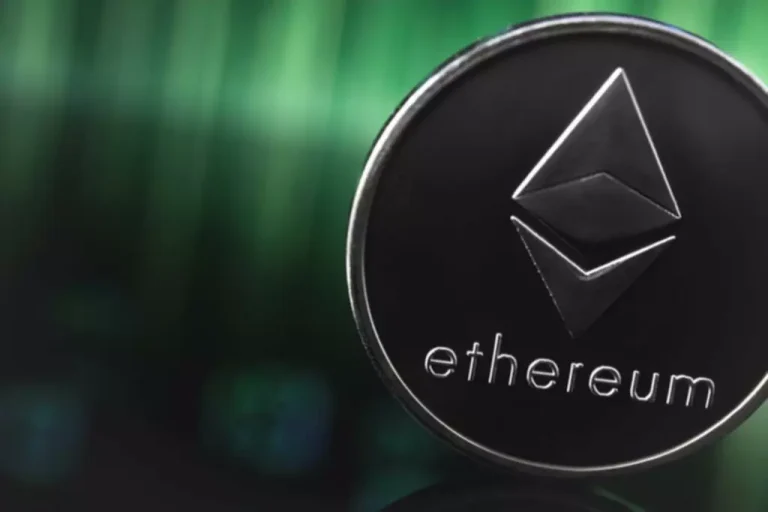Tin tức
Blockchain in Banking: Expert Solutions Guide
Content
Distributed Ledger refers to secured, replicated and synchronised digital data that is spread across geographies (multiples countries, sites or institutions). In simple terms it means everyone on the network has a real time copy of the data and Cryptocurrency wallet is able to witness any change on the data instantly. When distributed ledger term applies to transaction baking or payments – it refers to information related to accounts, account balances and account transactions. Now it will make more sense to imagine how a Blockchain can help achieve a distributed ledger.
What are the steps in the blockchain payment journey?

Blockchain for payments adoption has already begun with a lot of FinTechs jumping the DLT bandwagon. IBM has already introduced a Cross-Border payments solution using Stellar Protocol, called as IBM WorldWire. Major banks like Bank of America, HSBC, RBC, Rabobank, ANZ, SBI and Barclays have already planned/begun initial blockchain payments trials of their Blockchain based payment systems. Tech companies like Ripple Labs Inc. have already placed their Ripple protocol-based payment RTGS systems in the market. Ripple makes use of their cryptocurrency XRP to achieve a decentralised ledger.
Automation with smart contracts
Many individuals lack access to physical bank branches or the resources to https://www.xcritical.com/ open bank accounts. Traditional financial services can also be expensive, further marginalizing those with limited resources. A prime example of this progress is Starbucks’ recent pilot program, where customers can pay using the Lightning Network in select stores.
Cost of Implementing Blockchain Payment Platform in Your Business
It operates as a means of exchange over a decentralised computer network, and is not supported or maintained by any one central organisation, such as a bank or government. Concepts of blockchains, keys, miners and mempools seem a million miles away from the traditional banking and financial apparatus they are familiar with. A key reason for incorporating blockchain in payment systems is its ability to rapidly process transactions, irrespective of the geographic locations of the involved parties. Blockchain serves as the foundational technology in crypto payments, playing a vital role in maintaining transactional security and reliability. It applies cryptographic principles to authenticate transactions, embedding an additional layer of trust and integrity within digital payments.
- Rendering the blockchain tamper-evident, delivering the key strength of immutability.
- A prime example of this progress is Starbucks’ recent pilot program, where customers can pay using the Lightning Network in select stores.
- Here are examples of companies helping to implement blockchain-based rewards programs.
- Blockchain records are, for most intents and purposes, permanent and tamper-proof.
- Blockchain offers multiple advantages like transparency and security, so it is a very suitable technology for the payments and finance industry.
Decentralized payments and their legal status
Your business will then benefit from a payment system that guarantees a locked-in value from the time of your sale. But for most, it is a way to safeguard each transaction from potential losses. RippleNet is a good choice for businesses that want a blockchain-based payment system when dealing with global transactions. The only considerations with RippleNet are the transaction costs and delays in some cases while using a VPN. With Local pricing, you can sign up for free to secure your transactions within the U.S. Meanwhile, with Cross Border, users can send money, issue digital invoices, and track payments in over 100 countries worldwide.
Each participant is given a unique alphanumeric identification number that shows their transactions. Now that you’re familiar with blockchain payment processing, it’s time to embrace it fully. ” Let’s unpack why you should consider a blockchain payment solution for your business. Now that you know about the technology, how does blockchain help with payments? Normally, you’d swipe your card, and the bank would act as the middleman to validate the transaction. You might wonder, “What happens if a computer storing this information crashes?
For instance, Venmo is one of the useful payment processing services but has limits. And many services are vulnerable to attacks, which is not convenient for customers who are using their personal financial information. Smart contracts help customers and insurers to manage claims in a totally transparent and secure way.
Listeners around the world are incentivized to discover and support their favorite artists, fostering a thriving music community. Idea Usher is proud to have partnered with a client to develop EQL Trading & Investing, a revolutionary stock app that leverages the power of social media. EQL empowers users with real-time social insights, providing a deeper understanding of market sentiment beyond traditional analysis. This comprehensive app goes beyond just quotes and charts, offering valuable features like IPO tracking and investment scanning.
There are multiple intermediates in the system, resulting in high commission fees. With present payment systems, each transaction requires the user to authenticate their identification. Verification techniques such as video chats or repeating logins might make users feel uneasy and prolong the transaction process. NOWPayments supports more than 100 cryptocurrencies that you can convert into fiat or your preferred crypto. It also works with numerous platforms such as Shopify, WooCommerce, Magento, and more. By joining its network, you get 24/7 customer support and an account manager that can offer you personal guidance and assistance.
These cryptographically generated codes can be thought of as a digital fingerprint. They play a role in linking blocks together, as new blocks are generated from the previous block’s hash code, thus creating a chronological sequence, as well as tamper proofing. Any manipulation to these codes outputs an entirely different string of gibberish, making it easy for participants to spot and reject misfit blocks. Juniper Research predicts that by 2024, blockchain will handle an astounding $4.4 trillion in B2B cross-border payments. It boils down to the need for transparency, traceability, and the elimination of pesky middlemen. To some extent, as a “licensing” of the blockchain, one can perceive the initiatives of individual states to restrict the circulation of cryptocurrencies at the legislative level.

The programme is accelerating the growth of blockchain technology, making it safer and easier for people and institutions to buy, spend and hold cryptocurrencies and digital assets. Unlock the full potential of blockchain technology with IBM’s consulting and services, designed to accelerate your business transformation through scalable, secure and innovative solutions. With a distributed ledger that is shared among members of a network, time-wasting record reconciliations are eliminated. And to speed transactions, a set of rules that are called a smart contract can be stored on the blockchain and run automatically. Whenever one moves from one technical solution to another, they will always face challenges.
Unlike traditional transfers, this data will be 100% accurate and authentic, and the transaction will be completed quickly. According to forecasts, the market volume will increase to $1235.7 billion by 2030. Loyyal helps businesses expand their customer loyalty programs with a Blockchain-as-a-Service platform. So far, the company has implemented blockchain rewards programs in the travel, employee incentives and credit card industries. Since its development, Loyyal’s blockchain programs have yielded 31 percent annual growth in customer program enrollment.

Furthermore, smart contracts can automate currency conversions using pre-defined exchange rates, reducing costs and human error. In the UK, the FCA Regulatory Sandbox offers innovators (both established and new) access to regulatory guidance across all financial services sectors. It allows firms to test products and services in a controlled environment, providing insights into consumer appeal and market dynamics. Traditional payment systems often involve intermediaries, leading to additional fees and delays. In contrast, blockchain payment systems eliminate intermediaries, resulting in direct peer-to-peer transactions and significantly reducing costs. Banks like Westpac partnered with Ripple to implement a low-cost cross-border blockchain payment system.





